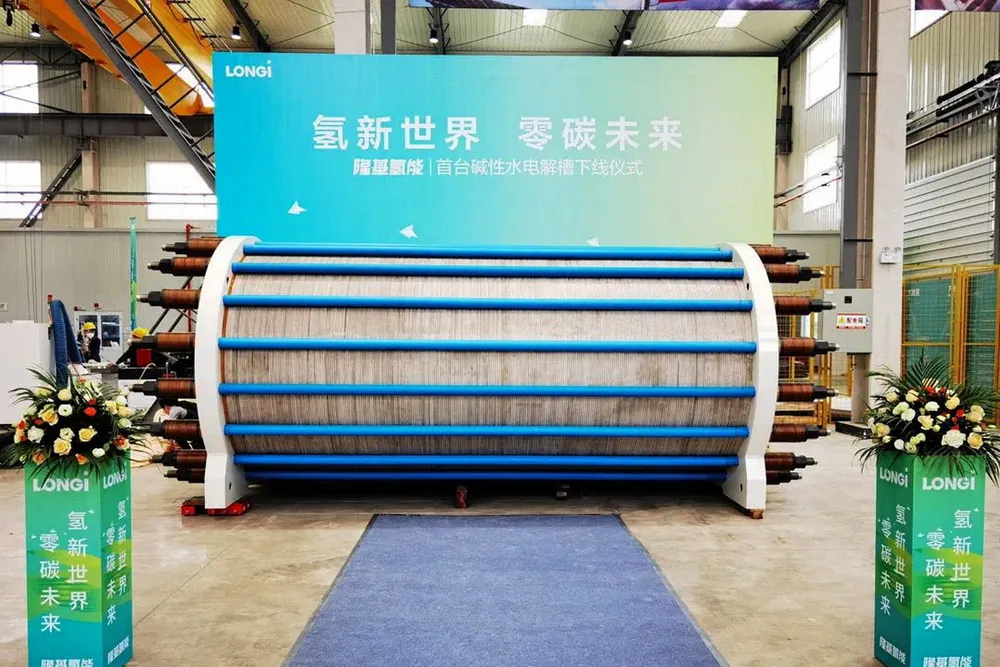Cheap Chinese hydrogen electrolysers 'likely to become popular worldwide during 2025-30': BNEF
Alkaline electrolysis systems made in China are a quarter the price of those manufactured in the West, says analyst

Alkaline electrolysis systems made in China are a quarter the price of those manufactured in the West, says analyst
